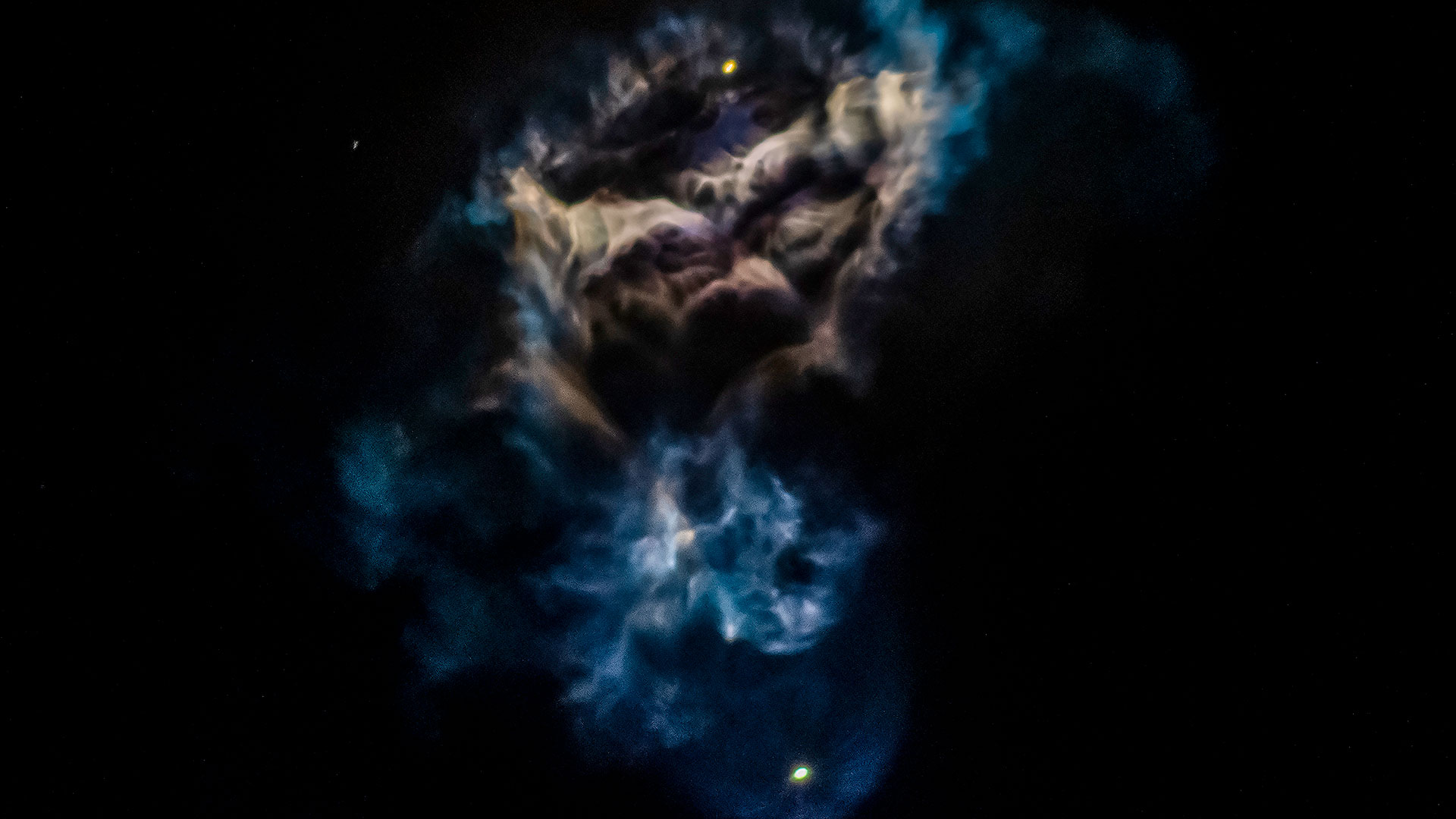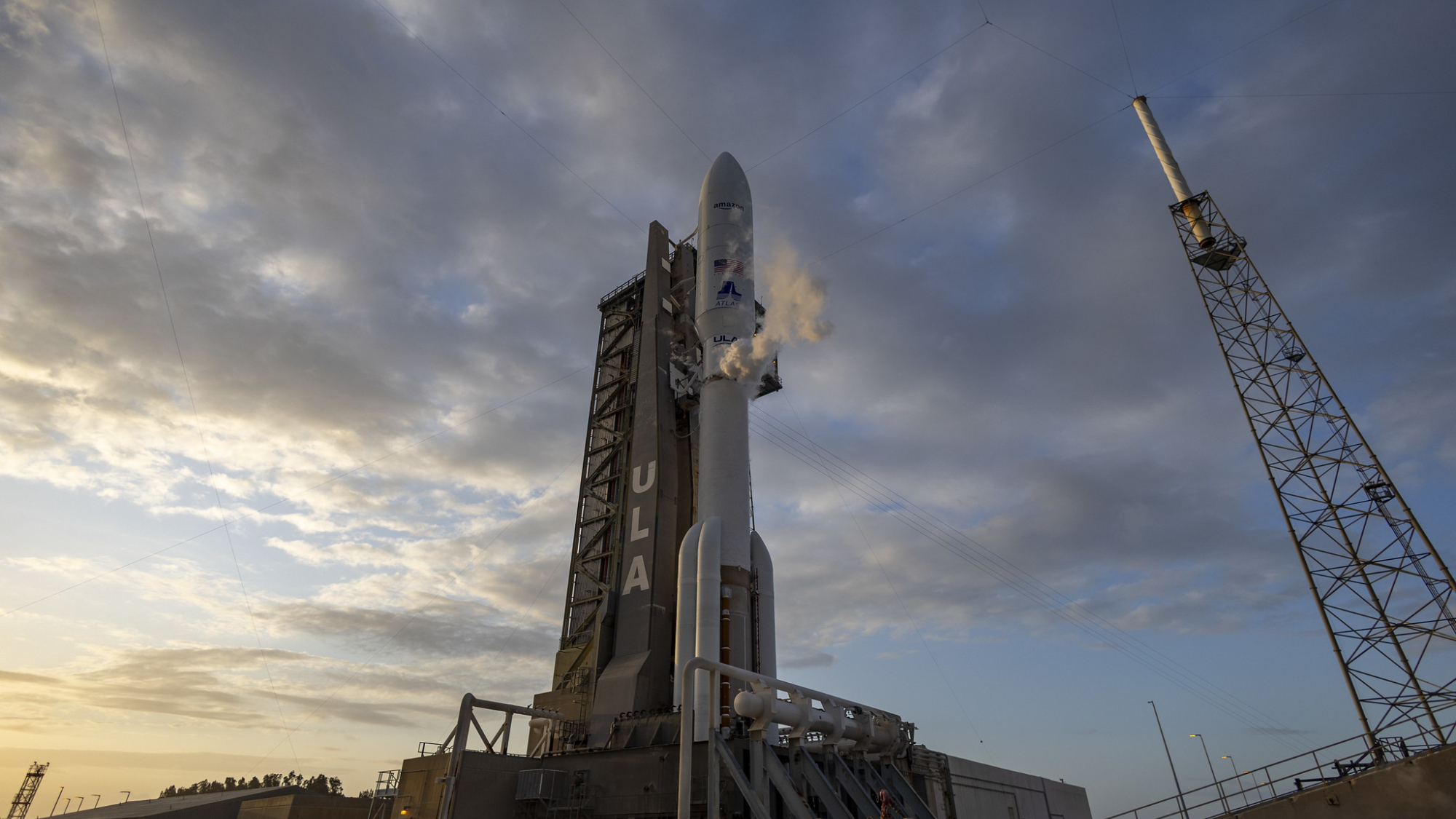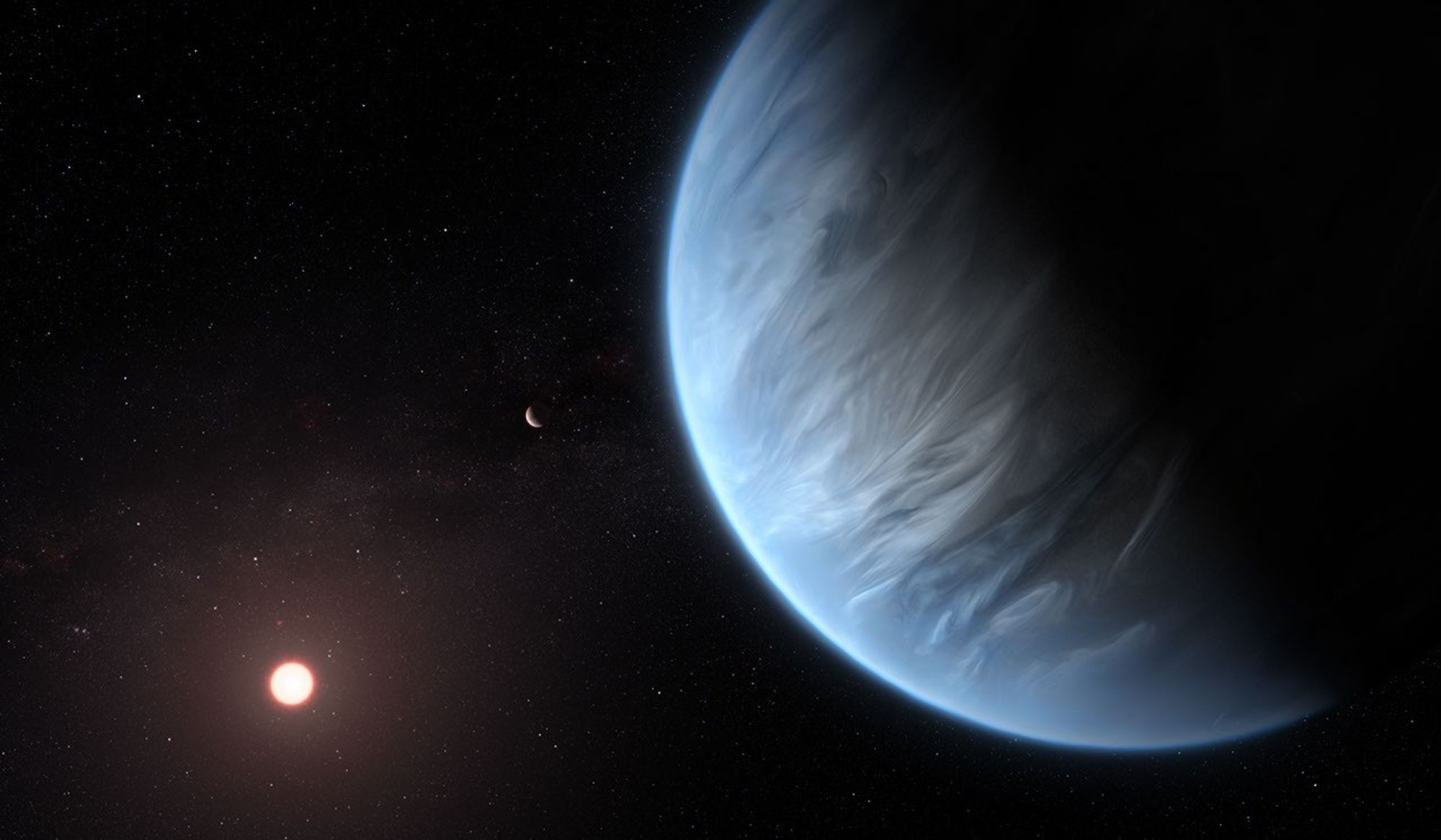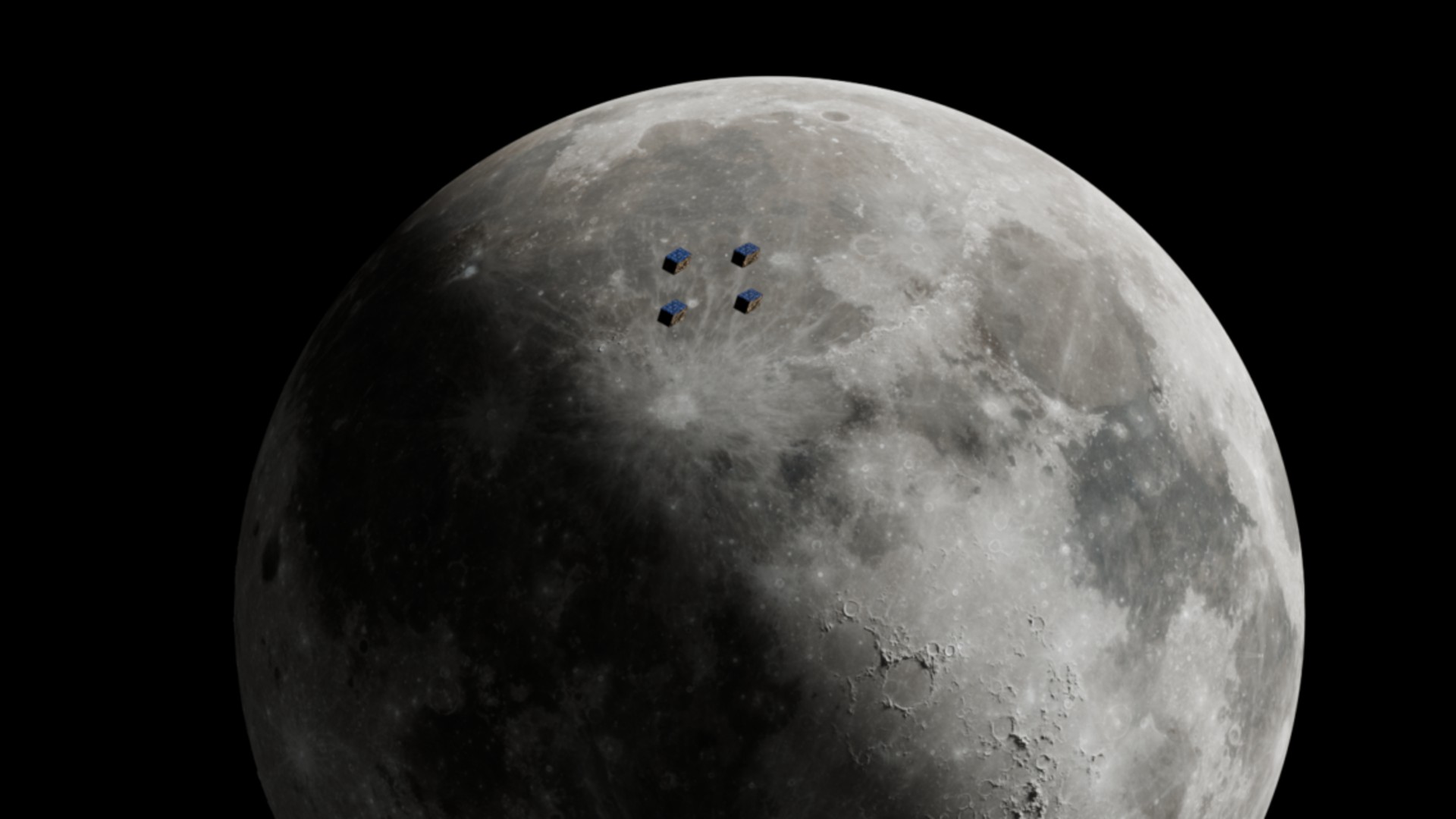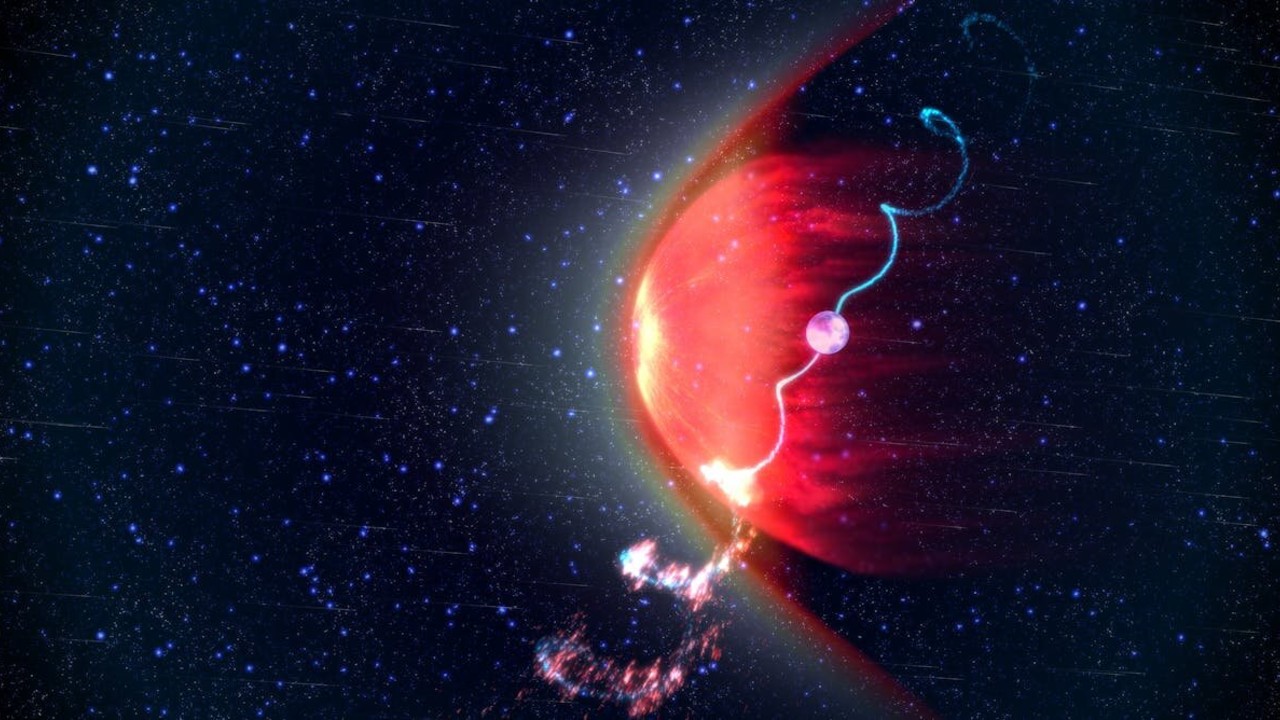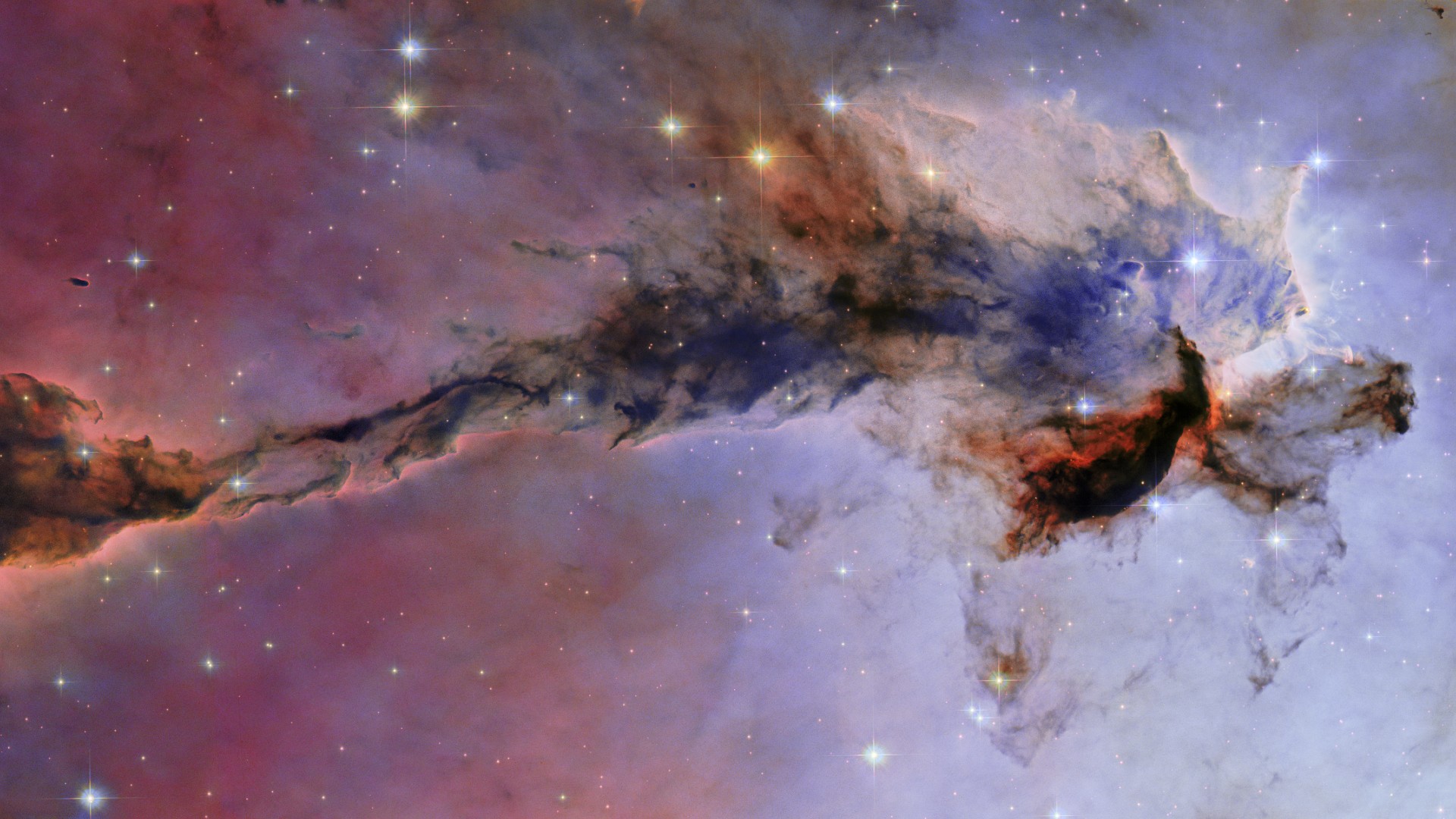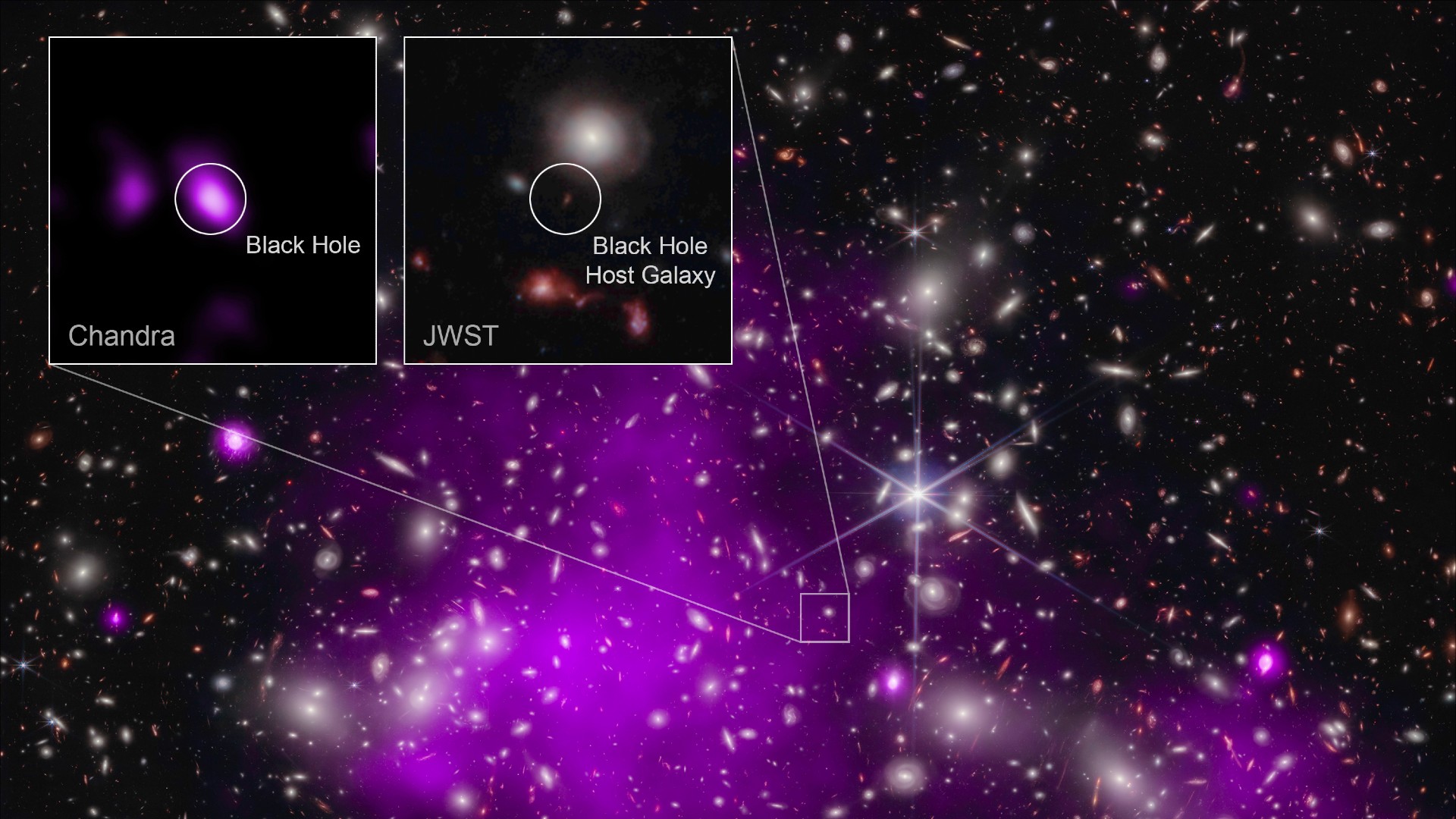Space miso is nuttier than Earth miso — but it's still miso
This marks the first time scientists deliberately fermented food in space, opening up new possibilities for future astronauts' culinary adventures.
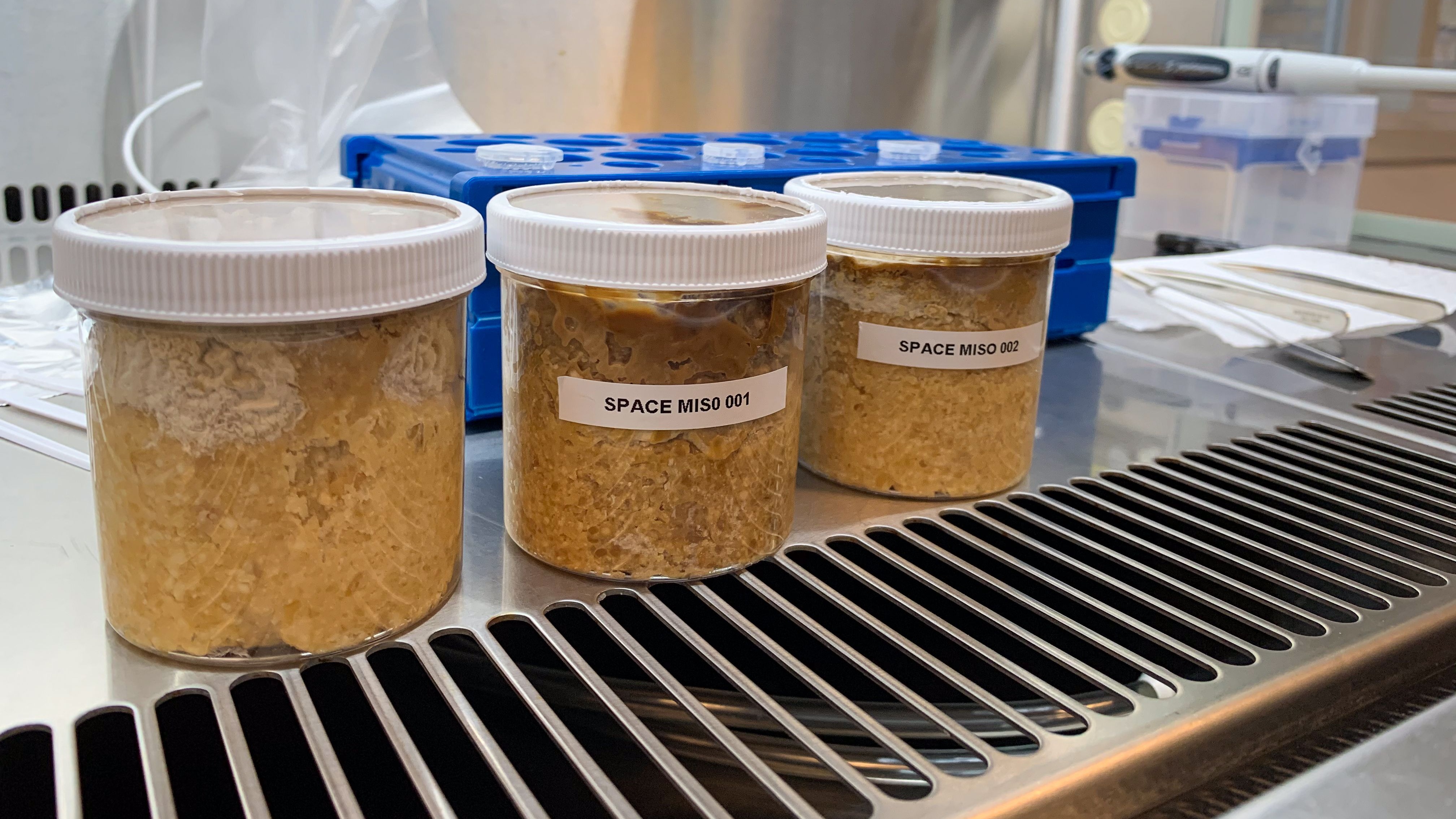
Scientists announced on Wednesday (April 2) that they successfully fermented miso aboard the International Space Station, marking the first deliberate food fermentation in space that may open up new culinary possibilities for astronauts on long-term missions.
The traditional Japanese condiment is a fermented soybean paste made by combining cooked soybeans, salt and koji, which is a mold culture typically grown on rice or barley. The fermentation process can last anywhere from a few months to several years, producing a paste with a rich, umami flavor used in soups, sauces and various other dishes. Previous research found that astronauts tend to undereat in space despite having food tailored to their nutritional needs, possibly due to changes in the perceived flavor of the food. Indeed, astronauts themselves have reported a reduced sense of taste and smell while in space, and have said that they prefer salty, spicy and umami-rich foods.
Food fermentation could help address these challenges, and while a few fermented products, such as kimchi and wine, have been sent to the ISS, no actual fermentation process has been carried out in space until now. Maggie Coblentz, a research specialist at the Massachusetts Institute of Technology, and Joshua Evans, who leads a research group called the Sustainable Food Innovation at the Danish Technical University, and their collaborators set out to determine whether fermentation was possible in space and, if so, how foods fermented in space would compare in taste to their Earth-based counterparts.
In March 2020, the team sent a small container of high-koji, low-salt "miso-to-be" to the ISS to ferment for a month before returning it to Earth.
Two other miso batches that were packed into identical plastic containers and kept frozen until the start of the experiment were fermented here on Earth to act as controls: one in Cambridge, Massachusetts in the U.S., and the other in Copenhagen, Denmark. Once the ISS miso was back on Earth, the team analyzed its microbial communities, flavor compounds and sensory properties.
"Overall, the space miso is a miso," the team wrote in their paper describing the findings.
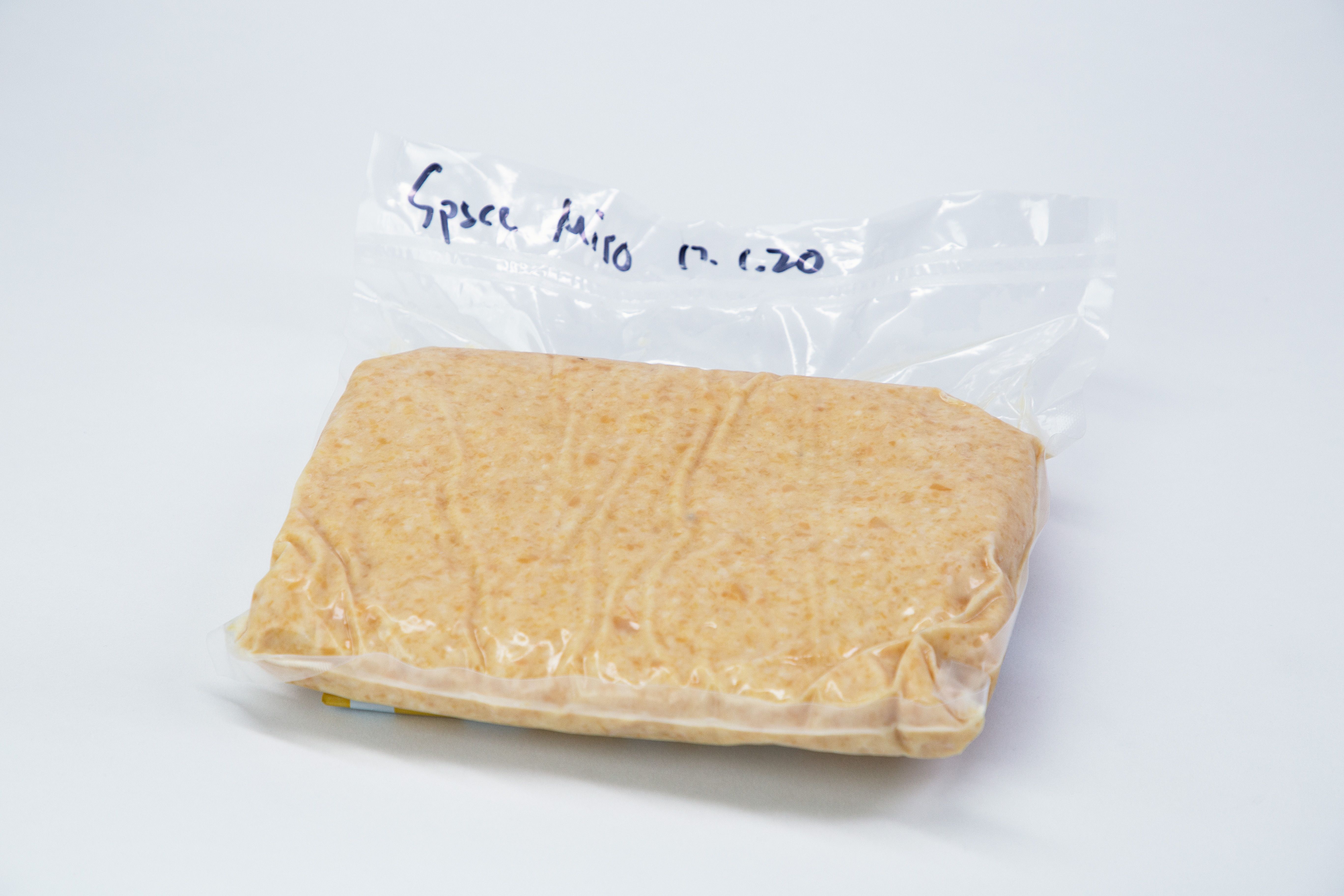
The researchers found that the ISS miso fermented successfully, and all three samples mostly contained similarly salty umami flavor profiles. The ISS miso is therefore recognizable and safe, the team says, with a specific taste that could satisfy astronauts' need for flavor while delivering a high nutritional value.
Get the Space.com Newsletter
Breaking space news, the latest updates on rocket launches, skywatching events and more!
The ISS miso did have a more roasted, nutty flavor than Earth miso does, the researchers noticed, likely due to the effects of microgravity and increased radiation in the low Earth orbit environment where the ISS is. Those conditions could have sped up fermentation, the study notes.

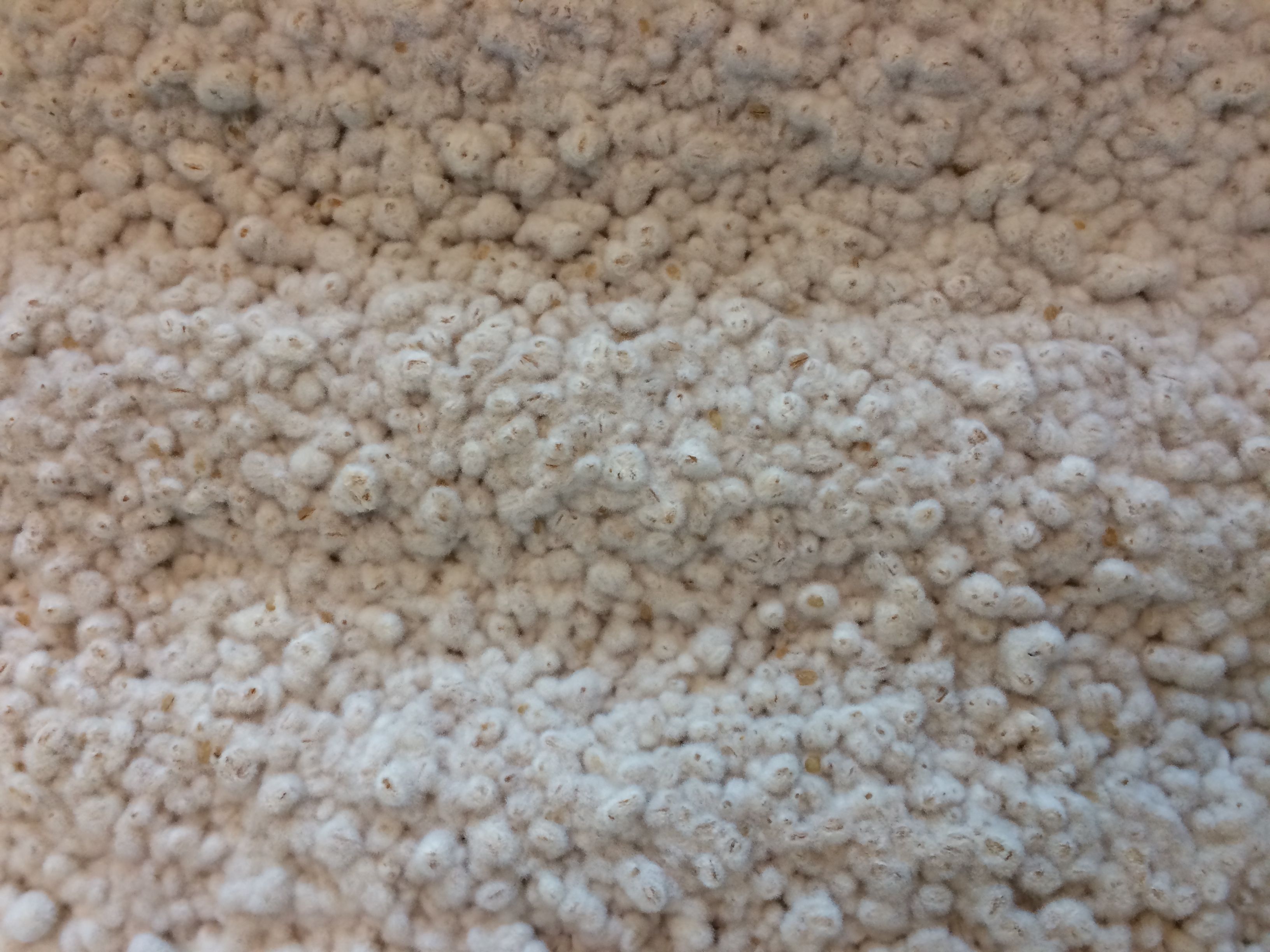
Down the line, these findings can be harnessed to create other types of flavorful fermented foods in space.
"Our study opens up new directions to explore how life changes when it travels to new environments like space," Evans said in a statement. "It could invite new forms of culinary expression, expanding and diversifying culinary and cultural representation in space exploration as the field grows."
A paper about this space miso research was published on Wednesday (April 2) in the journal iScience.
Join our Space Forums to keep talking space on the latest missions, night sky and more! And if you have a news tip, correction or comment, let us know at: community@space.com.

Sharmila Kuthunur is a Seattle-based science journalist focusing on astronomy and space exploration. Her work has also appeared in Scientific American, Astronomy and Live Science, among other publications. She has earned a master's degree in journalism from Northeastern University in Boston. Follow her on BlueSky @skuthunur.bsky.social
You must confirm your public display name before commenting
Please logout and then login again, you will then be prompted to enter your display name.

